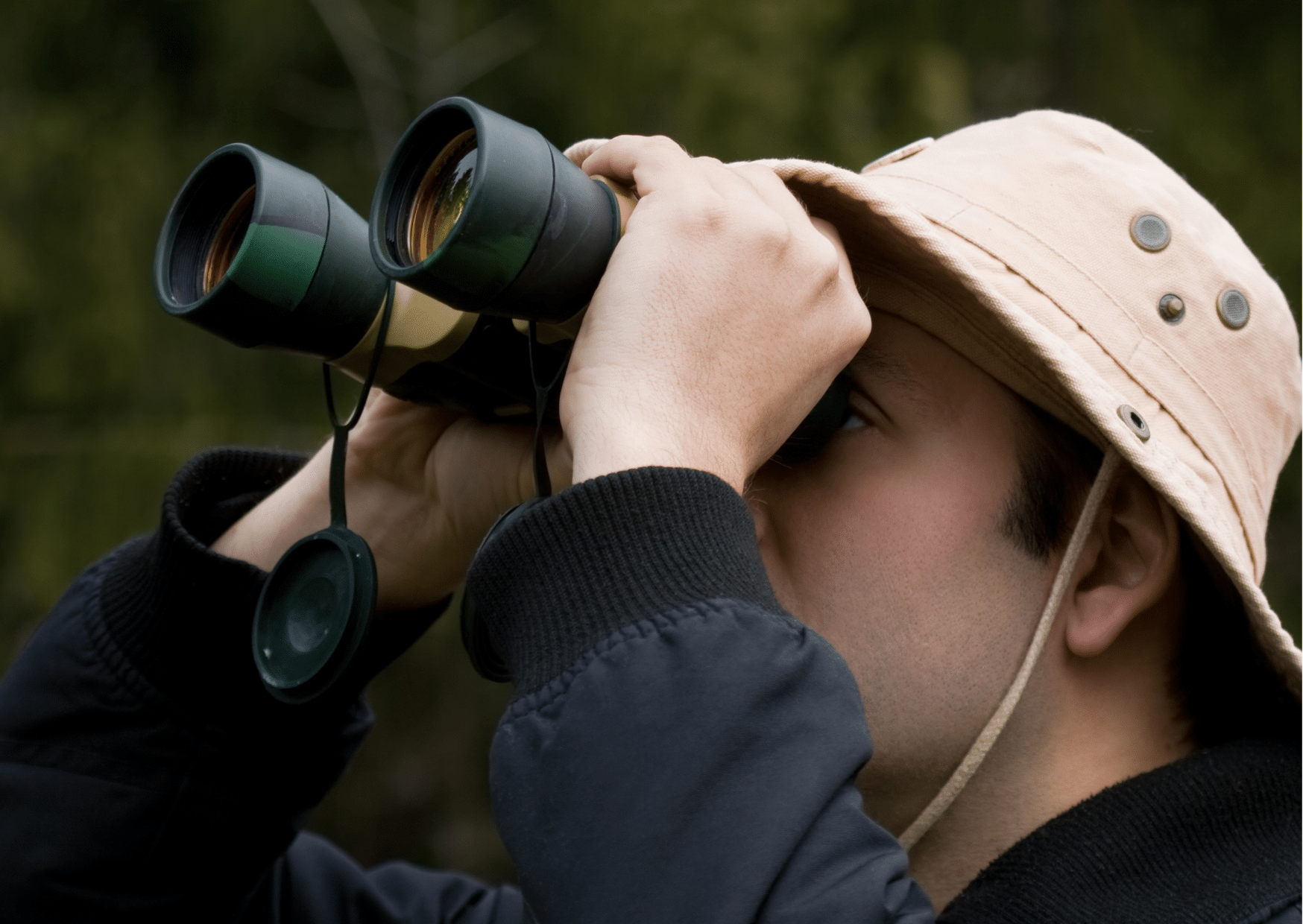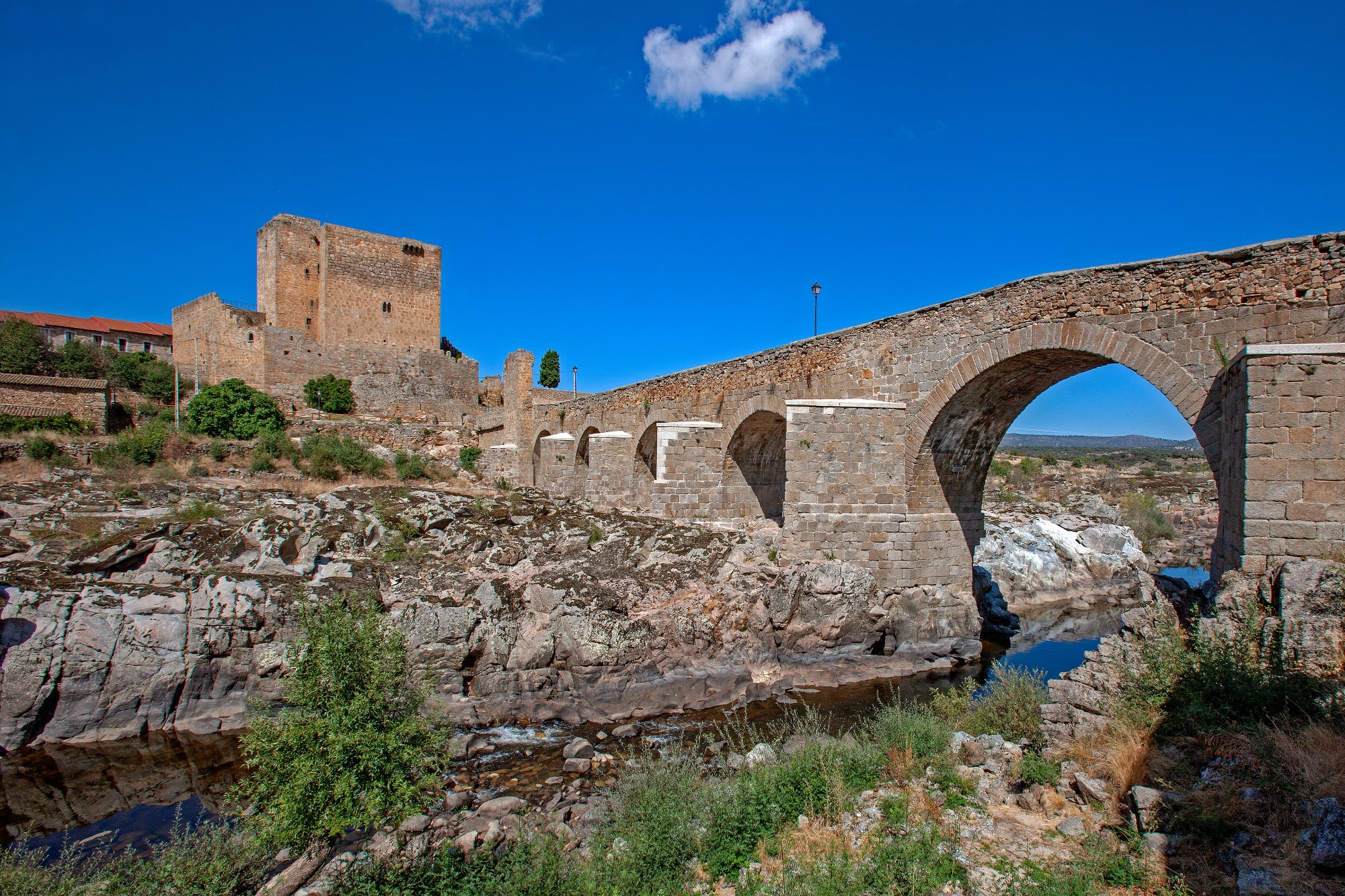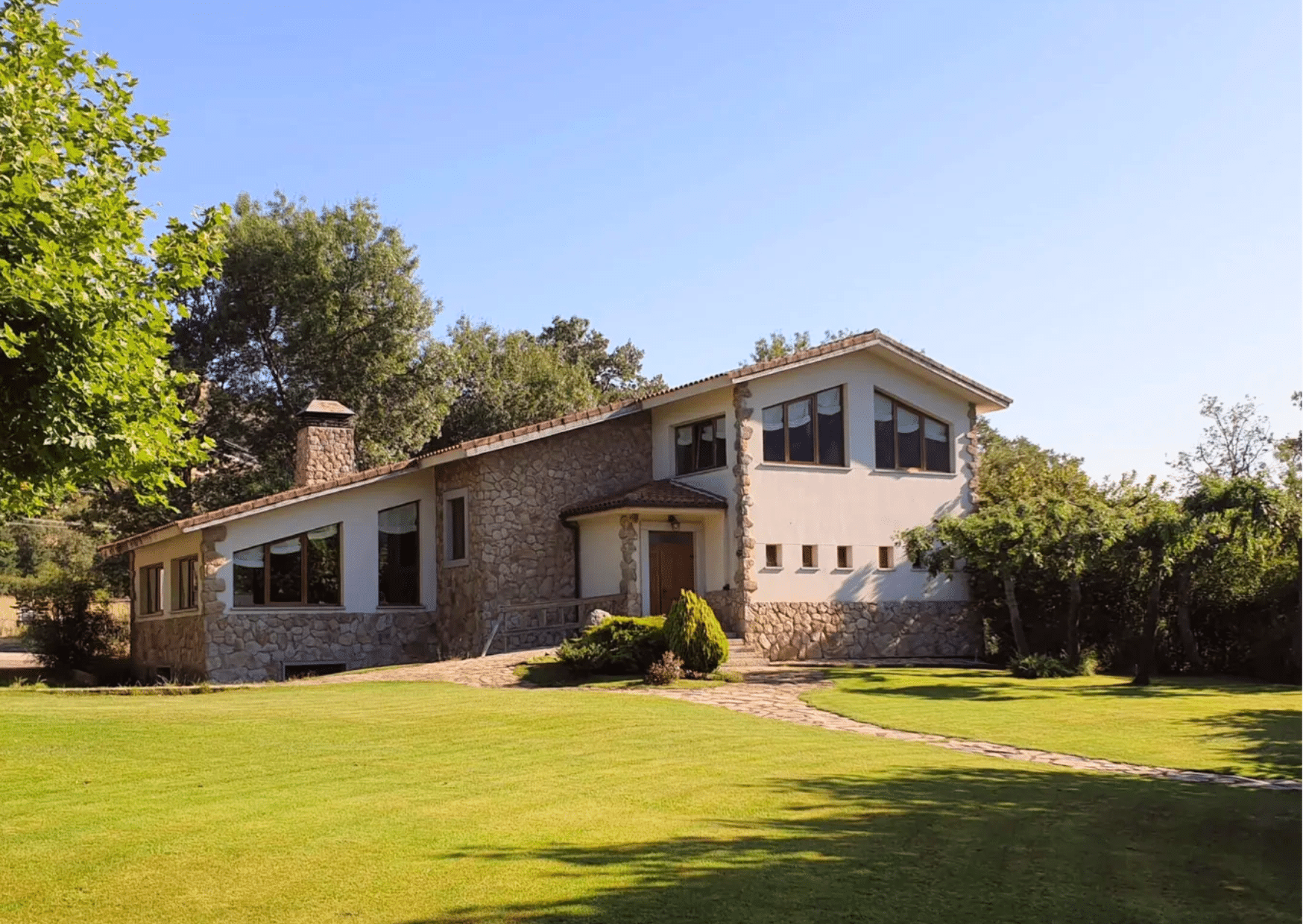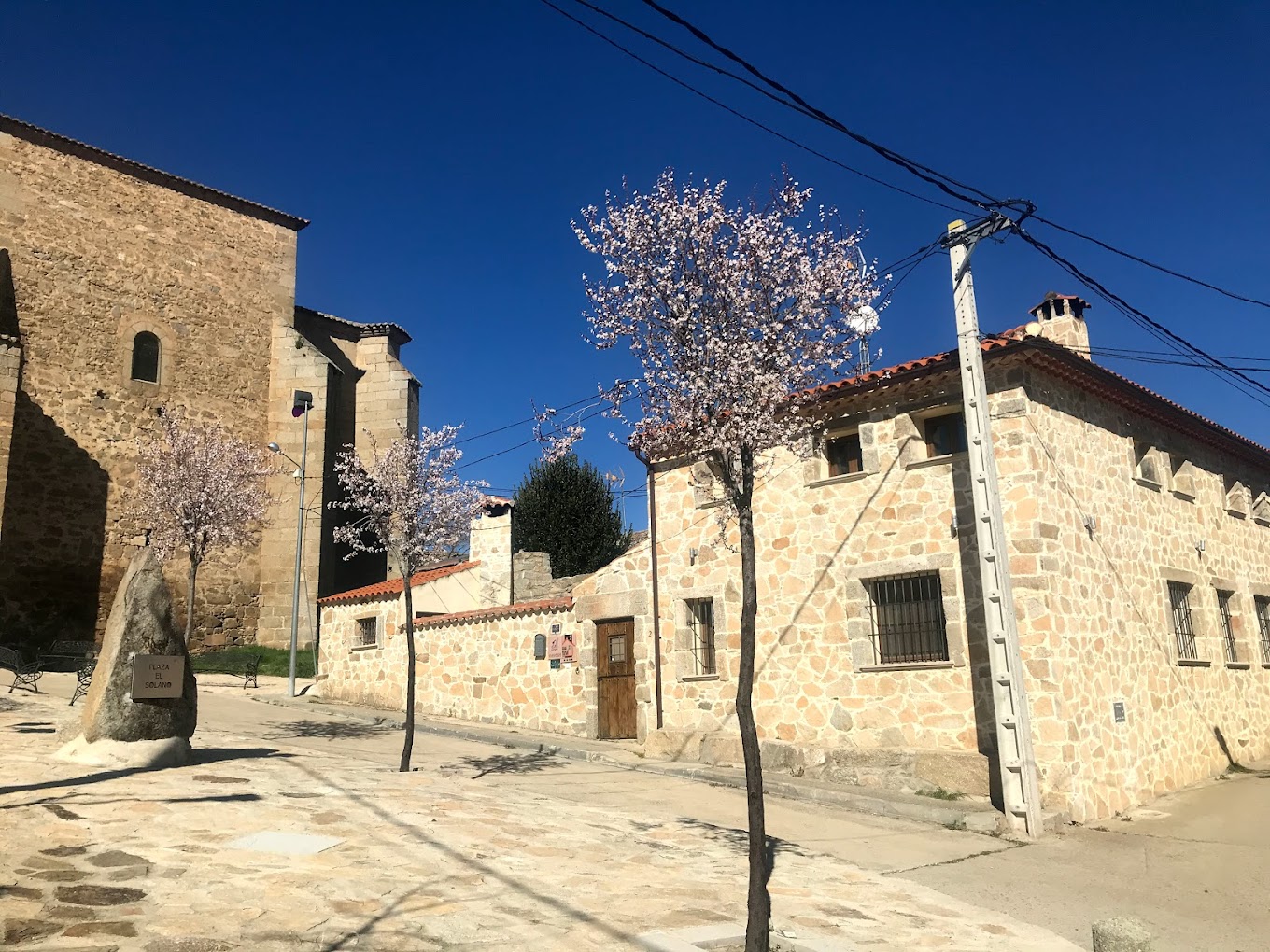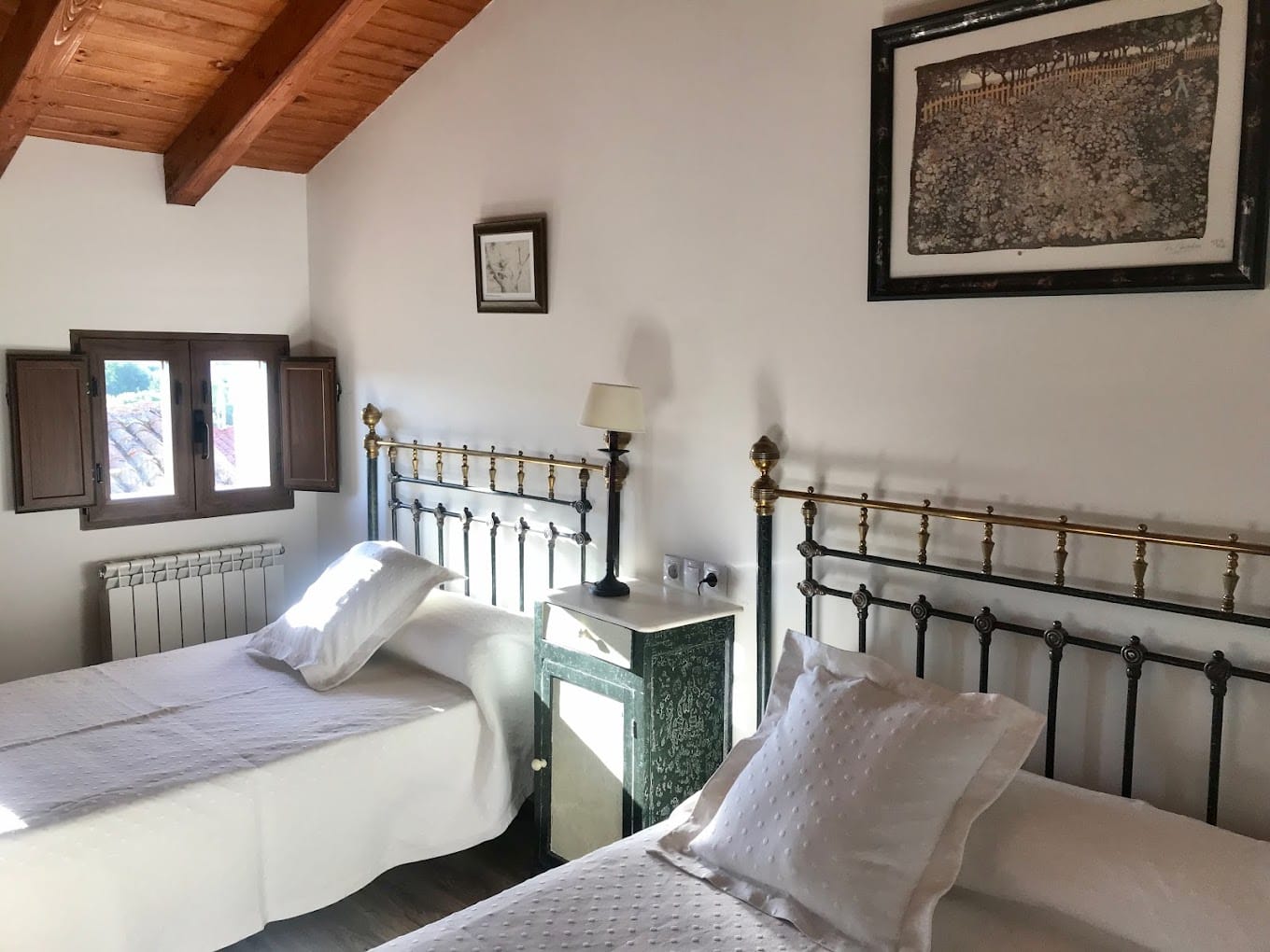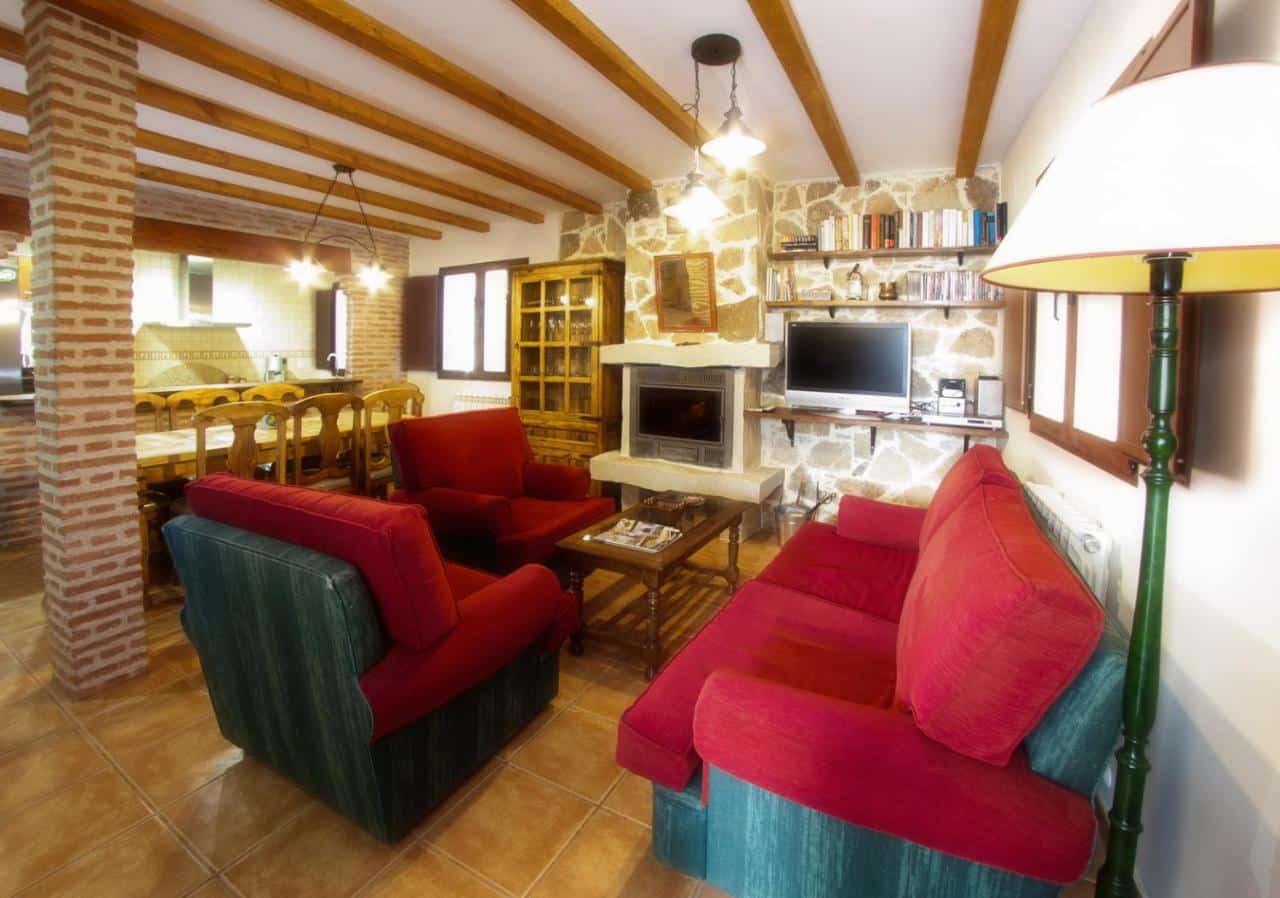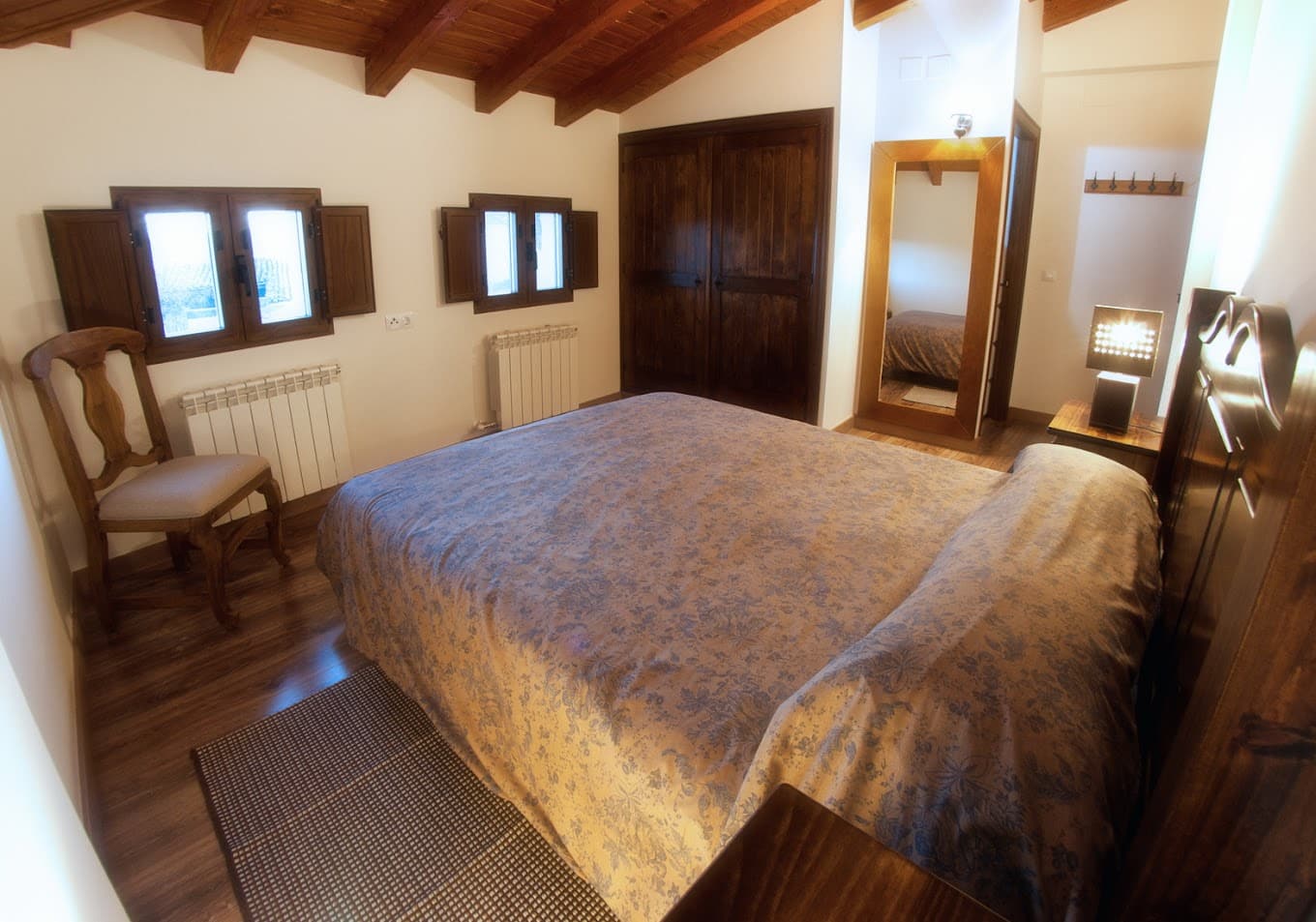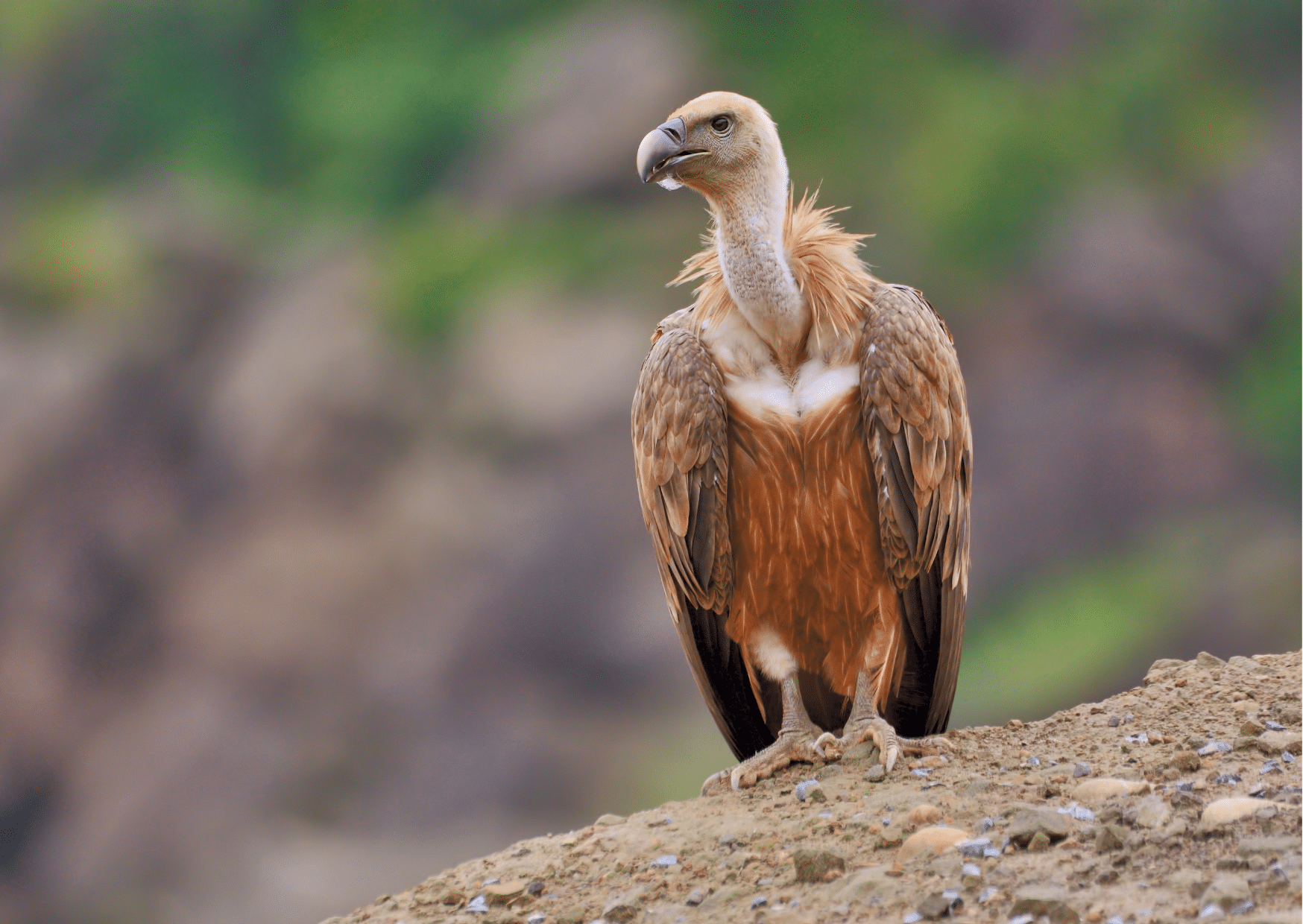
Enjoy birding in the Sierra de Béjar Biosphere Reserve, discovering a rich and varied flora and fauna in one of the most beautiful places for birdwatching.
During a weekend, you will stay in a charming 4* rural house, taste the local gastronomy in a local restaurant and enjoy a day of birding accompanied by a nature guide, where you can observe birds, butterflies and flora in an idyllic setting.
Book by calling 961 06 49 03 (add 0034 if you call us from outside Spain), send us an email to hello@greentravelspain.com or fill in the form in “enquiry or booking”.
DAY 1
Arrival on Friday afternoon/evening, with the possibility of preparing dinner at the gîte or, depending on the time of year, dinner in a local restaurant.
DAY 2
09:30h. Departure from the rural house to start the tour and watch the birds in the area: in the town centre, next to the castle, the medieval bridge and the River Tormes, we can see rock thrushes, kestrels and solitary rock thrushes all year round, and on the outskirts the loggerhead shrike, blackcap, black vulture and griffon vulture. In spring and late summer you can see the red-rumped swallow, woodchat shrike, wheatear and blackcap.
11:00h. Coffee break at the local bar and we will continue our sighting in the riparian forest in search of oriole, treecreeper and nuthatch as well as water birds such as wagtail, kingfisher and dipper.
13:00h. Transfer and lunch in a restaurant in Vallejera de Ríofrio.
15:00h – 18:30h. Spring: climb to the Sierra de Béjar, in search of butterflies, flora and birds, such as booted eagles, short-toed eagles, peregrine falcons, Tawny pipits, red rock thrushes and corn bunting. In autumn or winter, walk through the valley of Valsedangil, to look for Cory’s and Rock Bunting, Blackcap, Lesser Spotted Woodpecker, Lesser Spotted Woodpecker and Redstart.
19:00h. Return to the rural house.
DAY 3
09:30h. Pick up at the rural house, and visit to the nearby Sierra de la Ventosa, to see bee-eaters, hoopoes, blackfinches, chirping sparrows and a variety of dehesa and countryside birds.
11:00h. Coffee break in the local bar and continue enjoying the ‘balcony of the birds of prey’, a platform with spectacular views from where you can see 9 different birds of prey: griffon and black vultures, short-toed eagle, booted eagle, golden eagle, black kite, red kite, buzzard and kestrel.
13:30h. Return to the lodge, farewell. Until 17:00h you can stay at the lodge.
- A day and a half of observation accompanied by a professional nature guide.
- Loan of high-end optics and bird and butterfly guides.
- Two nights’ accommodation, from Friday to Sunday, in a four-star rural house.
- Transport to the different birding sites in an 8-seater van.
- Lunch on Saturday in a local restaurant.
Friends, family.
All year round except holidays and long weekends.
Contact us!
